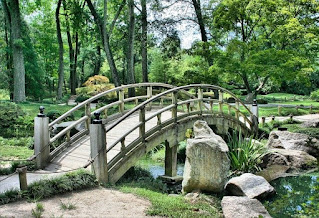
SUMMARY: Keeping
a garden blooming and fresh needs lot of effort. The fruits of the labor are
well worth it. Garden plants, houseplants, herbs, water plants and vegetables
grow well with a little care. Here are some tips to start you off on your
kitchen garden odyssey.
Choose your garden plants
All
kitchen gardens have their special fruit, houseplants or vegetable plants. The
most popular kitchen garden plants comprise those that grow easily without
needing too much care. In this review, we see which ones you can grow if you do
not have much idea of what will fit into your kitchen garden.
Vegetables, houseplants and water plants
a)
Radish: Radishes are easy to grow because they
grow so quickly. They grow well in sun. The plant is not more than 6 –8 inches
in height. The growing time is only 30 – 40 days.
b) Watermelon: This
creeper bears sweet and refreshing fruits 2 –3 feet in diameter. The
plant requires good sunlight. It does not stand cold. Wait for summer to get
your fill of this delicious fruit.
c)
Pea: The favorite for the home garden
enthusiast, peas are spring crops. They grow well in sun. They grow up to a
height of 10 feet or more.
d)
Tomato: This small plant requires plenty of sun.
It can grow up to 18 feet in height. They need fertile soil and plenty of
water. This plant is also susceptible to frost. Best to plant tomatoes in
summer.
e)
Spinach: Spinach is nutrient rich vegetable
salad plant that you can easily grow in your kitchen garden. They grow best in
sun. the size of the plant will be
between 1 — 2½ feet.
Spices and tanginess
a)
Spice up your garden with basil. Mix it with
salads or any dish. It gives a tangy and spicy flavor. It grows well in the
sun. This annual herb grows up to 2½ feet in height. The do not do so well in
cold weather. So plant them after winter has passed.
b)
Another classic spicy shrub is the bay plant. It
is the chef’s favorite for stews, soups and meat dishes. It requires sun to
grow. It can grow up to 16 feet in height. This perennial shrub or tree does
not like the cold at all.
 |
| source: http://pixabay.com/static/uploads/photo/2012/11/11/02/59/tomatoes-65651_640.jpg |
Good care is essential for your garden and houseplants
Like
all kitchen gardens, one has to be on one’s toes for insects and pests.
One
usually finds them when new leaves begin to sprout or fruits begin to appear on
your houseplants. Prepare a compost heap in one corner of your garden. You can use this compost to manure the garden soil. You can spray them out with a water hose. Weeding and
watering are essentials for a home garden. You can use shelves if you do
not have too much space in your garden. Keep the soil well drained to avoid
rotting of the roots.







